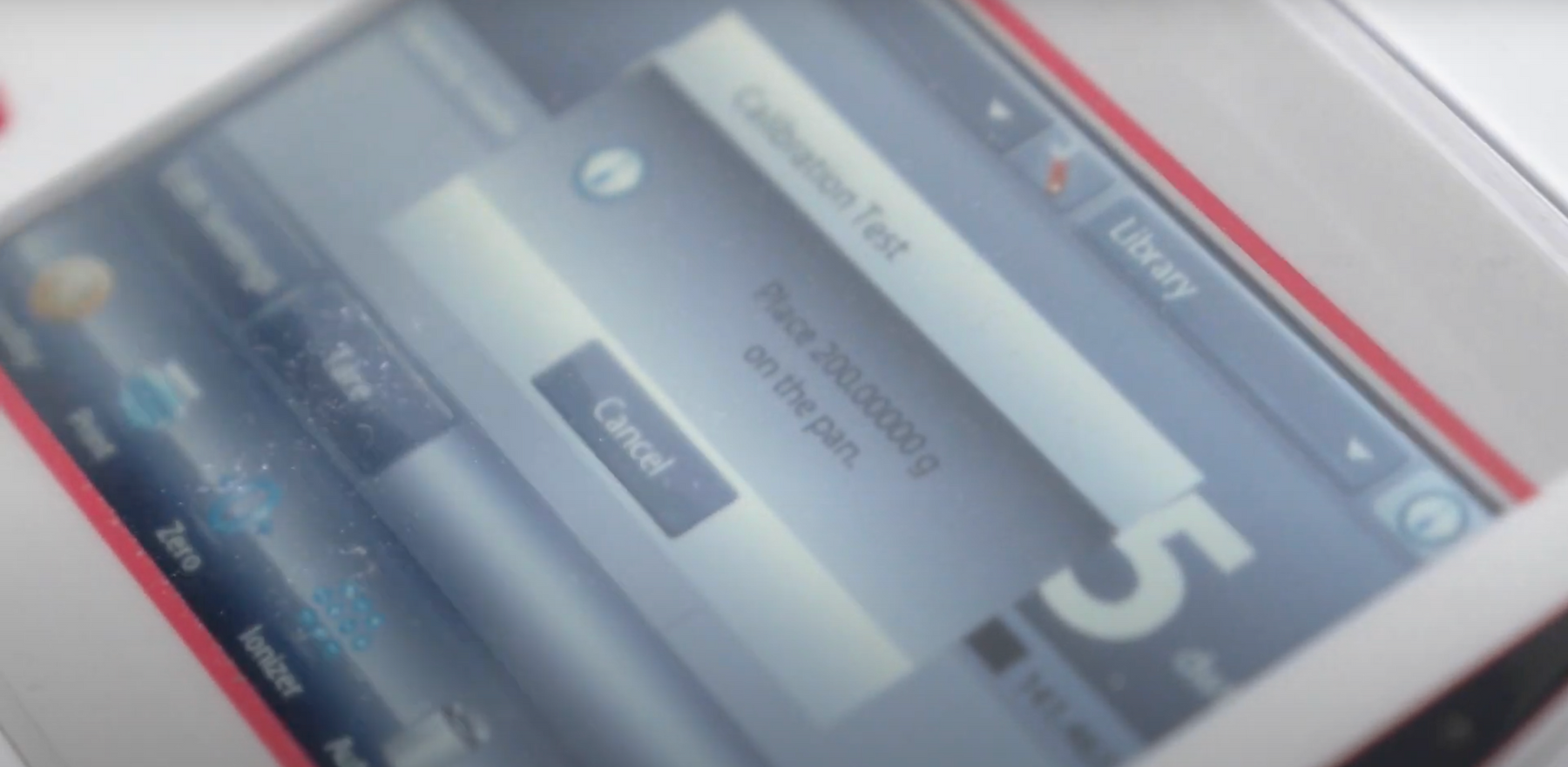(858) 224-9100

Mastering Laboratory Balances: A Comprehensive Guide to Calibration, Setup, and Usage
When conducting laboratory work, precision and accuracy are of utmost importance. From measuring chemicals in a reaction to determining the weight of a sample, having a properly calibrated balance is crucial. Whether you are a scientist, researcher, or student, it is essential to have a comprehensive understanding of the steps involved in setting up and using a balance.
In this comprehensive guide, we will delve into the process of calibrating a balance and outline the steps required to ensure accurate measurements. We will cover the importance of leveling the balance, the procedure for performing a calibration, and the proper usage of the balance, including the differences between the "zero" and "tare" functions.
By following the information contained within this guide, you can ensure that your balance is always ready for use and that your results are as precise as possible. Let us proceed to gain a comprehensive understanding of how to properly set up and use a balance.
Step 1: Calibrate the Balance
The first step is to make sure your balance is calibrated. The best way to calibrate a balance is by using pre-calibrated weight standards. These weights are designed to be used for calibration and to ensure that the balance is accurate.
Step 2: Wait for the Balance to Warm Up
Before setting up the balance, you should make sure that it has been plugged in for at least an hour or two. This helps to ensure that the balance has reached room temperature, which is important for accurate readings.
Step 3: Level the Balance
To level the balance, turn the dials on the sides of the balance until the bubble in the center is perfectly centered. This helps to ensure that the balance is stable and that measurements are accurate.
Step 4: Perform a Calibration
Most balances have a ‘Cal’ button that you can use to calibrate the balance. Some balances also have an internal calibration system that is suitable for daily use. For more thorough calibrations, you can perform a spanning calibration by following the prompts provided by the balance. This will require you to place the pre-calibrated weight standards on the balance, store the values, and then use them for future calibrations.
Step 5: Use the Balance
Once your balance has been calibrated, you can use it to measure weight. If there is nothing on the balance, use the ‘0’ button to zero everything out. If you want to weigh something in another container, use the ‘Tare’ function. This function removes the weight of the container, allowing you to get an accurate measurement of the item inside.
The importance of properly setting up and using a balance cannot be overstated. It is a fundamental aspect of laboratory work and research, where accuracy is critical. By taking the time to follow these steps, you can guarantee that your balance is functioning optimally and providing reliable results. Don't compromise the validity of your work by neglecting the proper use of your balance. Make sure you calibrate it correctly and use it appropriately, so you can make confident and accurate measurements every time.
Difference between the Zero and Tare Function
Understanding the difference between the "zero" and "tare" functions on a balance is a crucial step to accurately measuring weights. Let's take a closer look at these two important buttons.
Zeroing out a balance is a simple yet crucial step before you start weighing anything. This function allows you to reset the scale to its base value, which is usually zero. With the zero buttons, you're starting from scratch and ensuring that the weight of the container you're using isn't affecting the measurement.
On the other hand, the tare function is used when you want to weigh something in a container. For example, if you have a sample in a beaker and you want to weigh the sample only, not the weight of the beaker, you'll use the tare function. When you press the tare button, the balance will subtract the weight of the container, leaving you with the weight of your sample.
Conclusion
In summary, zeroing out the balance gives you a fresh start to accurately measure weights, while the tare function helps you measure the weight of an item in a container without considering the weight of the container itself.
Now that you know the difference between the two functions, you'll never mix up the zero and tare buttons again!

Leave a comment